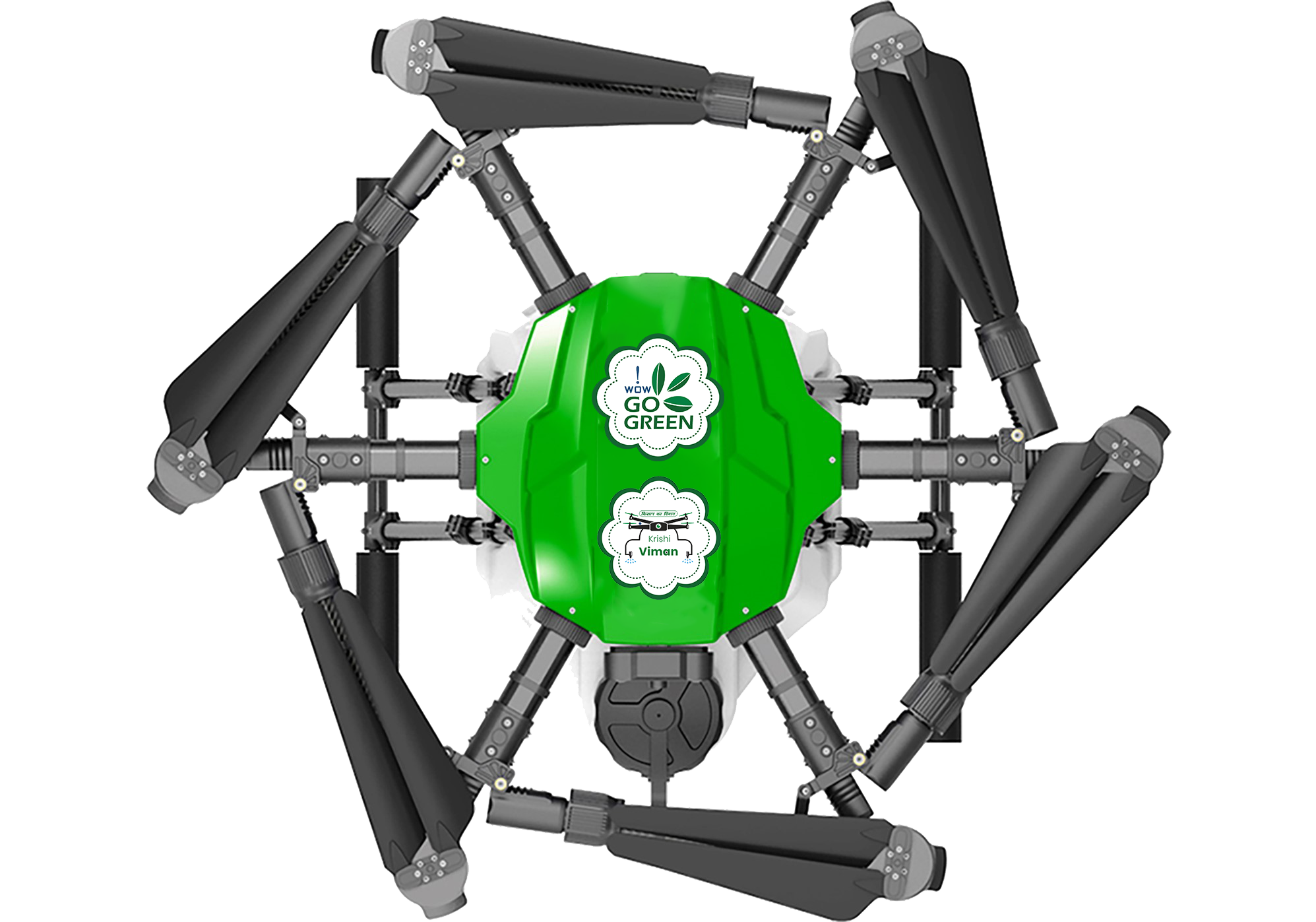Farming From Above: Understanding the Economics of Agricultural Drone Adoption
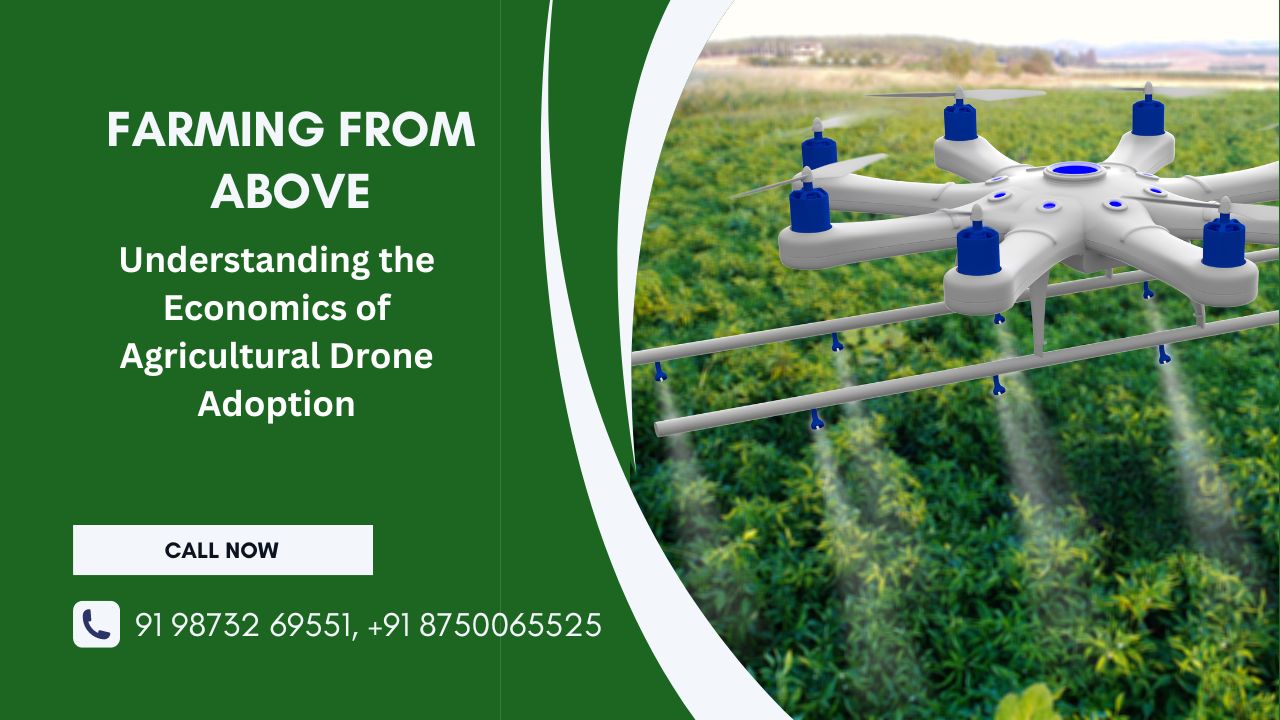
- By: krishiviman /
- 15-04-2024
Agricultural drones have been gaining popularity in recent years due to their ability to provide real-time data and insights into crop health, pest and disease management, and irrigation management. While the benefits of using drones in agriculture are clear, the economics of adopting this technology can be complex.
The initial cost of purchasing a drone can be high, with prices ranging from a few thousand dollars to tens of thousands of dollars, depending on the type and features of the drone. However, the cost of drone technology has been decreasing over the years, making it more accessible to farmers. Additionally, the cost of drone operation and maintenance is relatively low, with a single battery charge lasting for around 30 minutes of flight time.
The return on investment (ROI) for agricultural drones can be significant. By using drones for crop monitoring and analysis, farmers can detect potential issues early on, reducing the need for costly treatments and improving crop yields. A study conducted by the American Farm Bureau Federation found that the use of drones in agriculture can lead to a 5% increase in crop yields and a 5% reduction in costs.
The economic benefits of drone adoption can also extend beyond individual farms. By using drones for crop monitoring and analysis, farmers can provide real-time data to agricultural cooperatives and government agencies, improving the overall efficiency and sustainability of the agricultural sector. Additionally, the use of drones can help reduce the need for manual labour , freeing up resources for other areas of the agricultural industry.
However, there are challenges to the adoption of drone technology in agriculture. Regulatory compliance can be complex, with different countries and regions having their own rules and regulations regarding the use of drones. Additionally, there is a learning curve associated with using drones, and farmers may need to invest in training and education to ensure they are using the technology effectively.
In addition to the initial cost of purchasing a drone, there are other costs associated with drone adoption, including data processing and analysis tools, insurance, and maintenance. However, these costs can be offset by the economic benefits of drone adoption, including increased crop yields and reduced costs.
To maximize the economic benefits of drone adoption, farmers should consider the specific needs of their farms and choose drones that are tailored to their specific use cases. For example, farmers who are primarily concerned with crop monitoring and analysis may opt for drones with high-resolution cameras and spectral analysis capabilities, while farmers who are concerned with irrigation management may opt for drones with thermal imaging capabilities.
In conclusion, the economics of agricultural drone adoption can be complex, but the potential economic benefits are significant. By using drones for crop monitoring and analysis, farmers can detect potential issues early on, reduce the need for costly treatments, and improve crop yields. Additionally, the use of drones can help reduce the need for manual labour, freeing up resources for other areas of the agricultural industry. While there are challenges to the adoption of drone technology in agriculture, the benefits are clear, and it is likely that we will see an increasing number of farmers adopting this technology in the years to come.
Ready to revolutionize your farming practices with agricultural drones? Contact us today at +91 98732 69551 or +91 8750065525, or email us at sales@krishiviman.com to learn how Krishiviman can help elevate your agricultural operations.
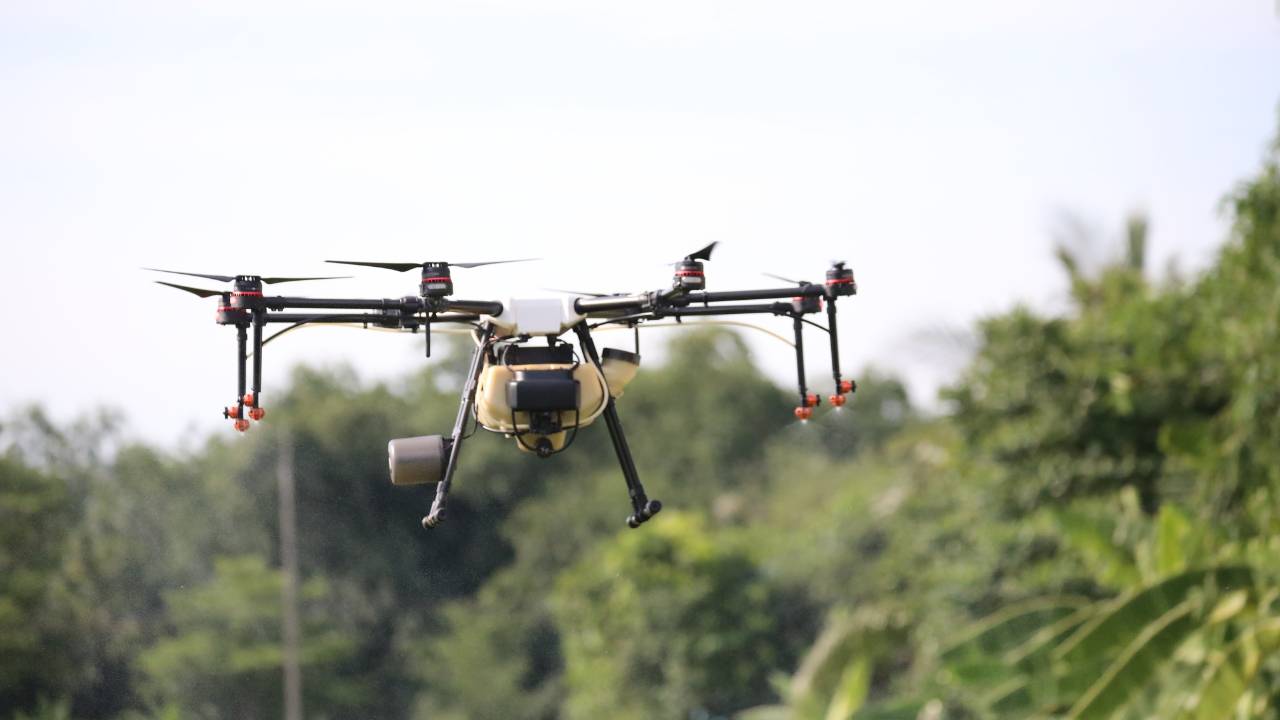
Addressing the Real Concerns of Drone Use in Indian Agriculture
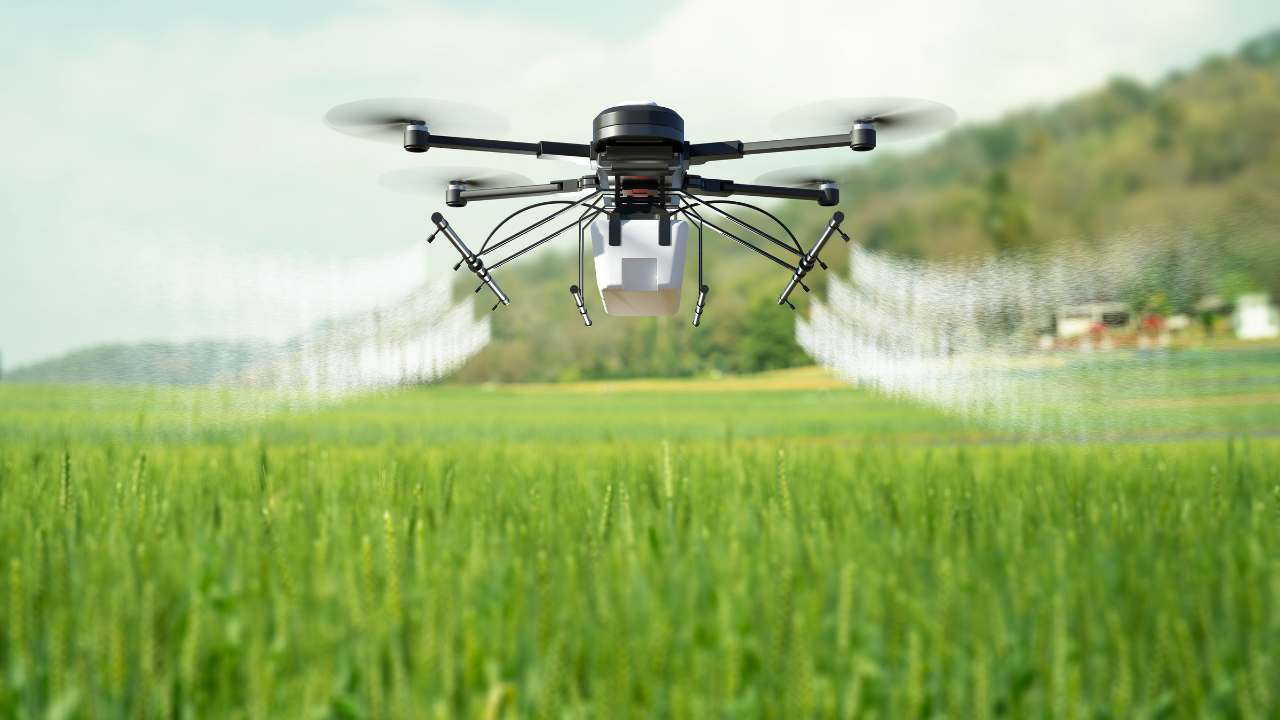
Revolutionizing Agriculture: The Journey of Indian Farmers Embracing Drone Technology
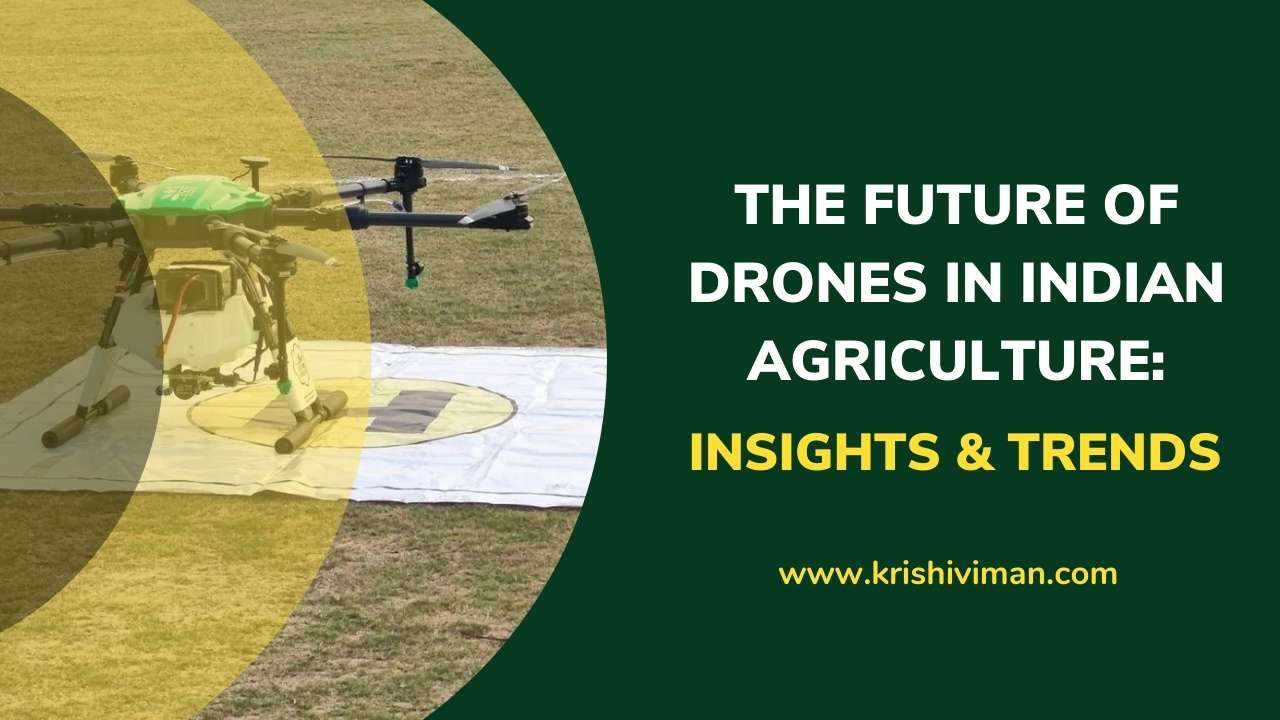
What is the future of drones in Indian agriculture?
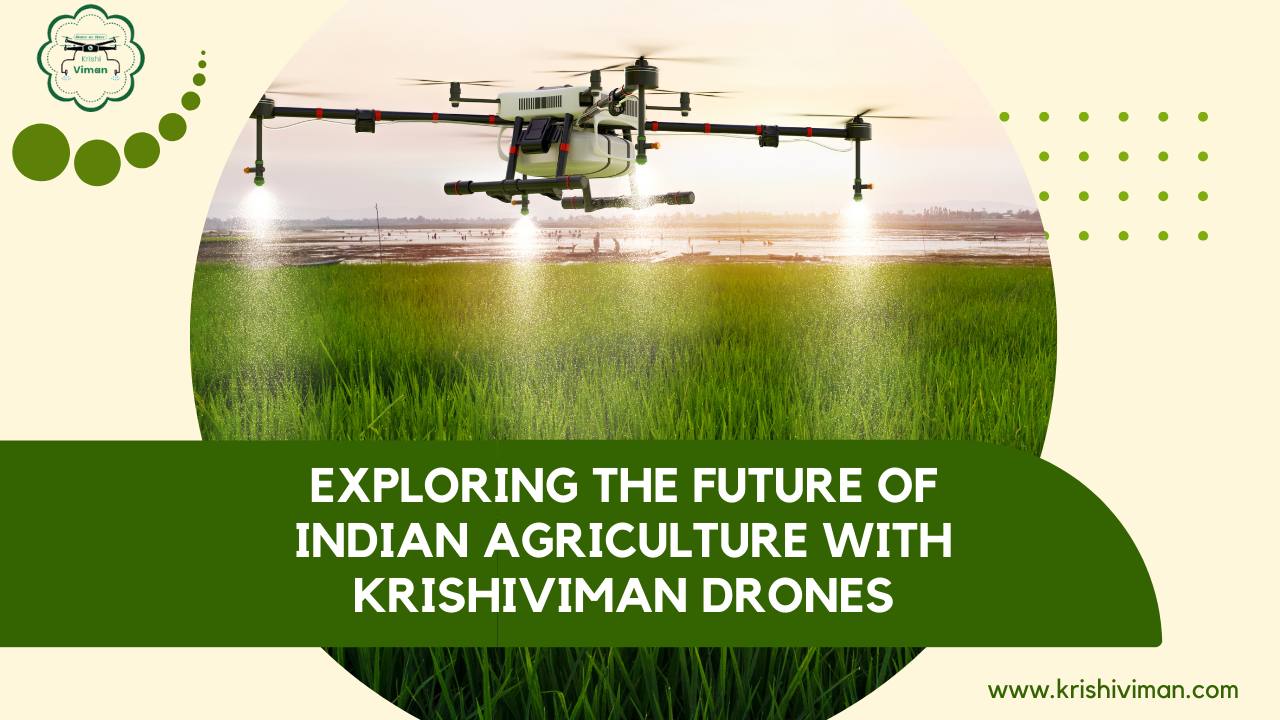
How Drones Could Be the Future of Indian Farming: A Deep Dive into Krishiviman's Innovations
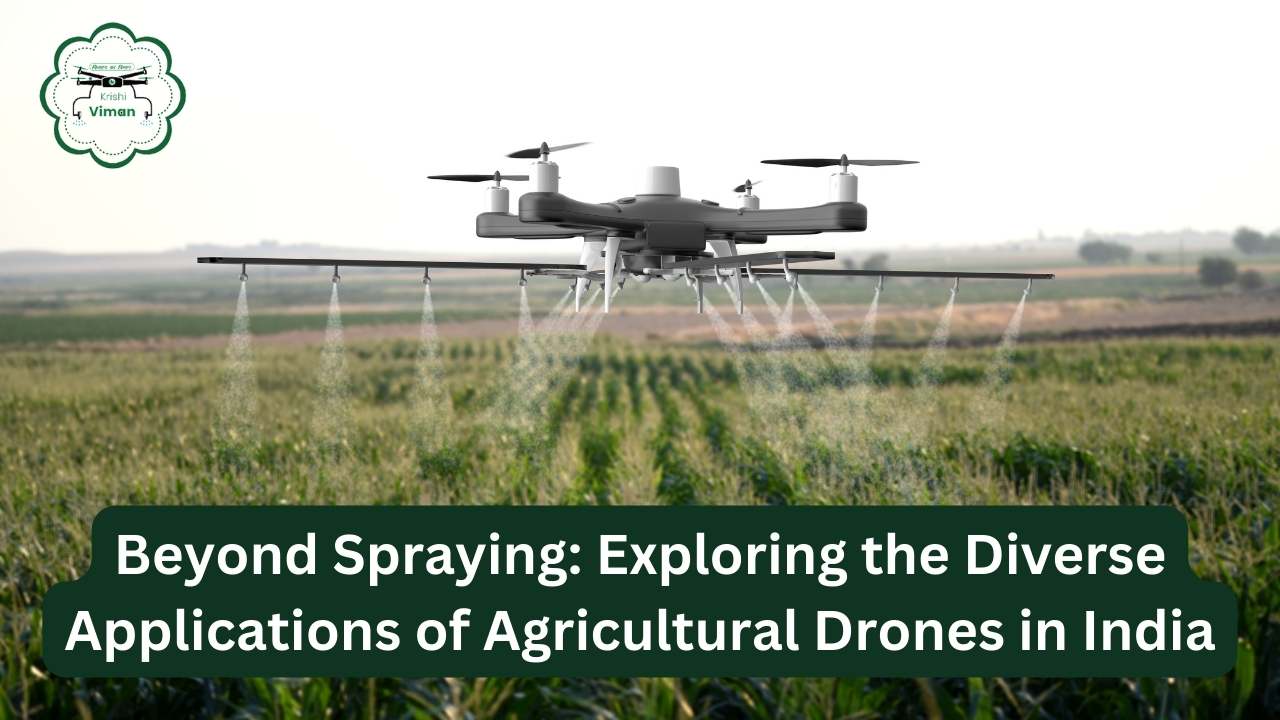
Beyond Spraying: Exploring the Diverse Applications of Agricultural Drones in India
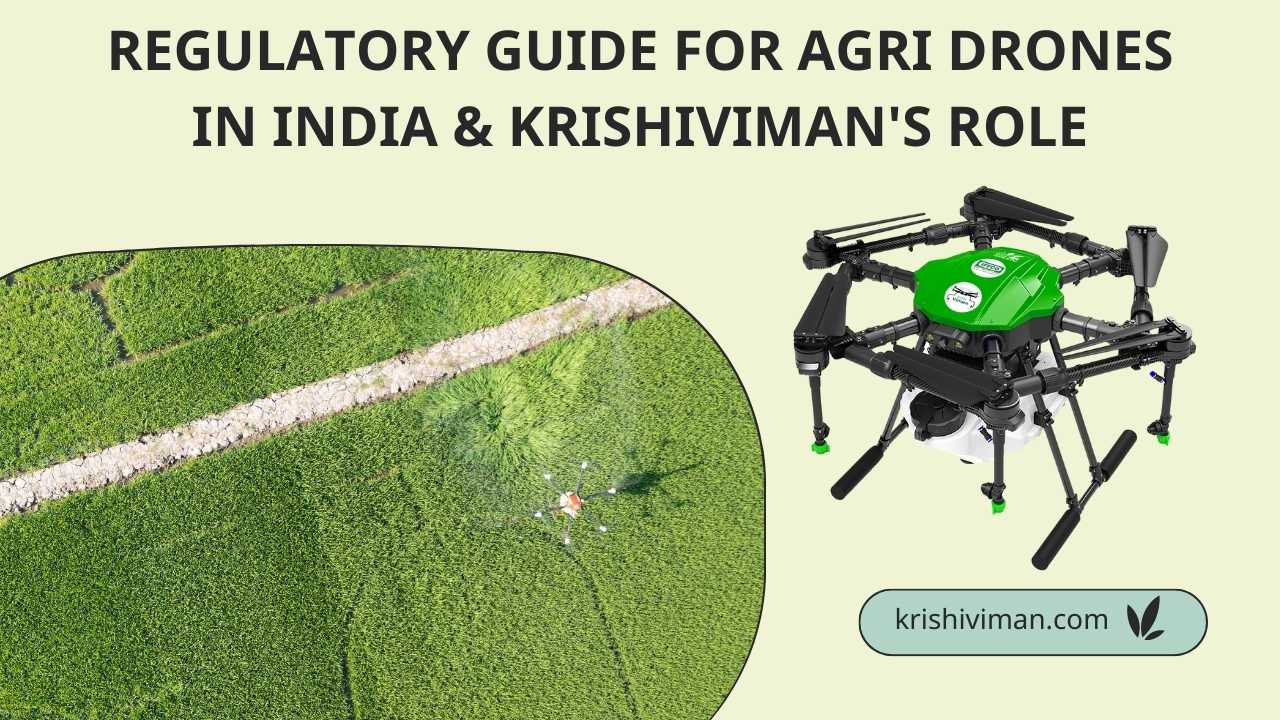
Regulatory Guide for Agri Drones in India & Krishiviman's Role
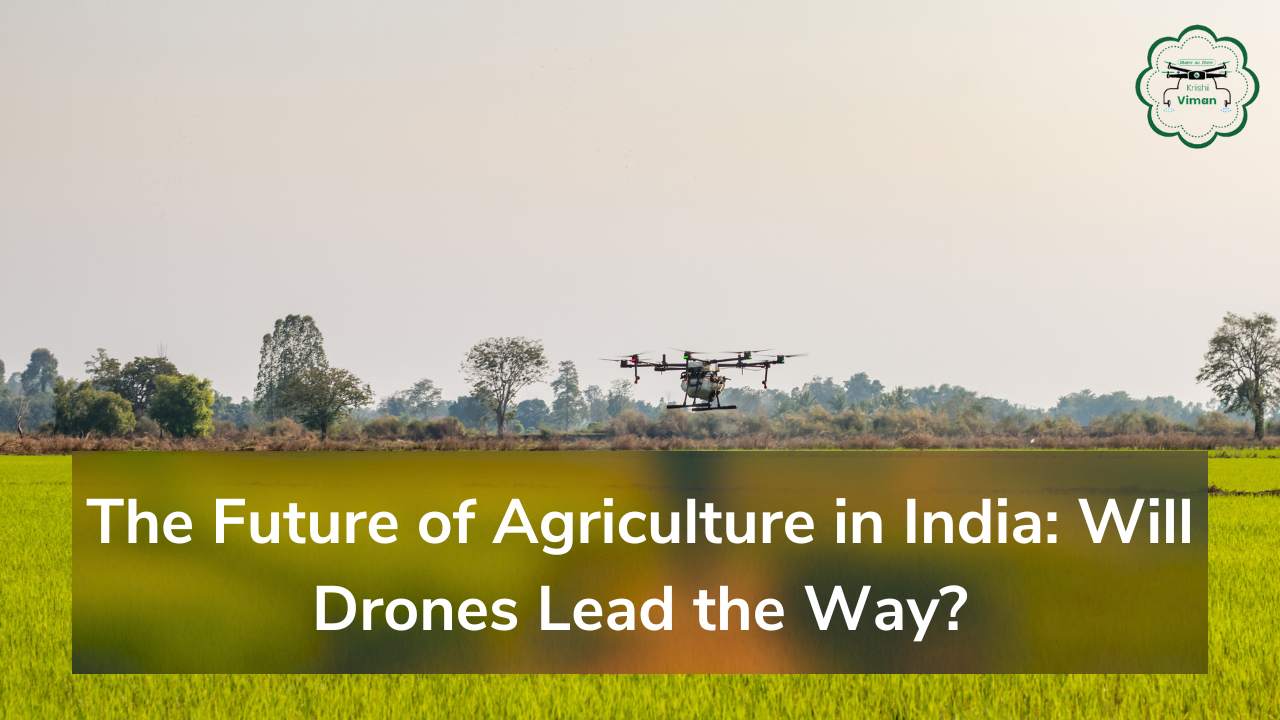
The Future of Agriculture in India: Will Drones Lead the Way?
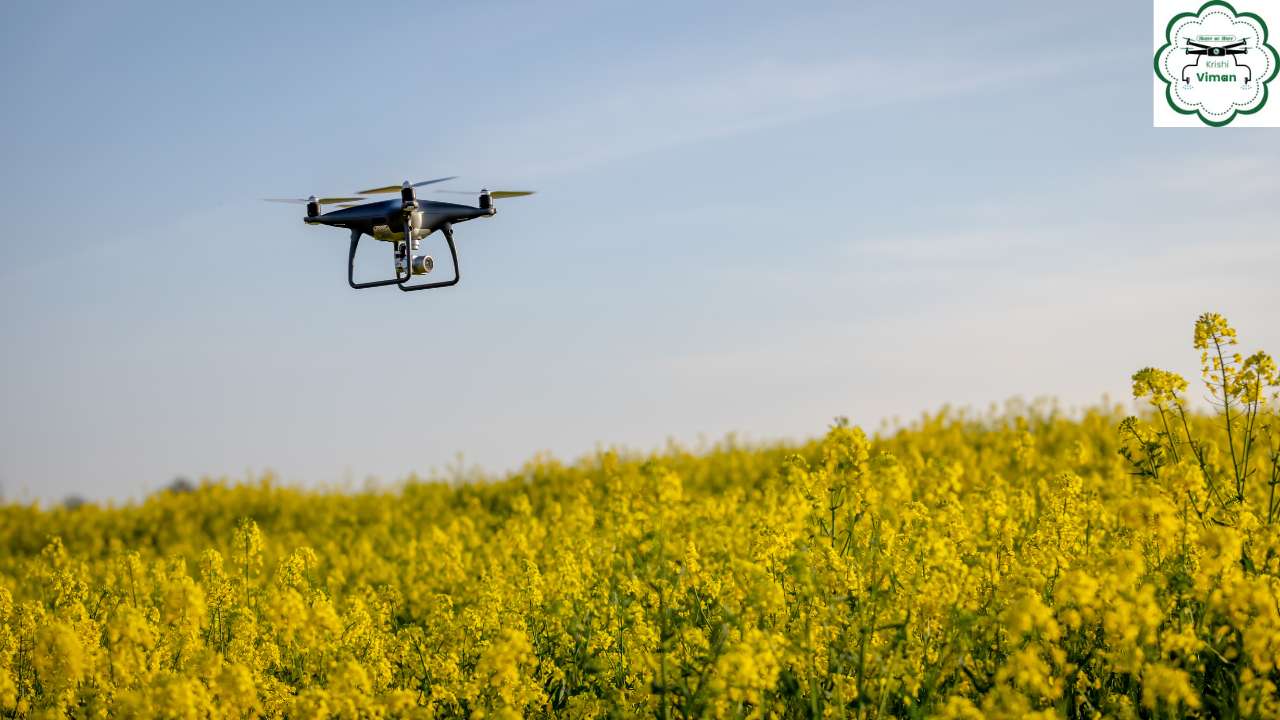
Pioneering Agri Drone Innovation in India Introduction to WOW Go Green LLP
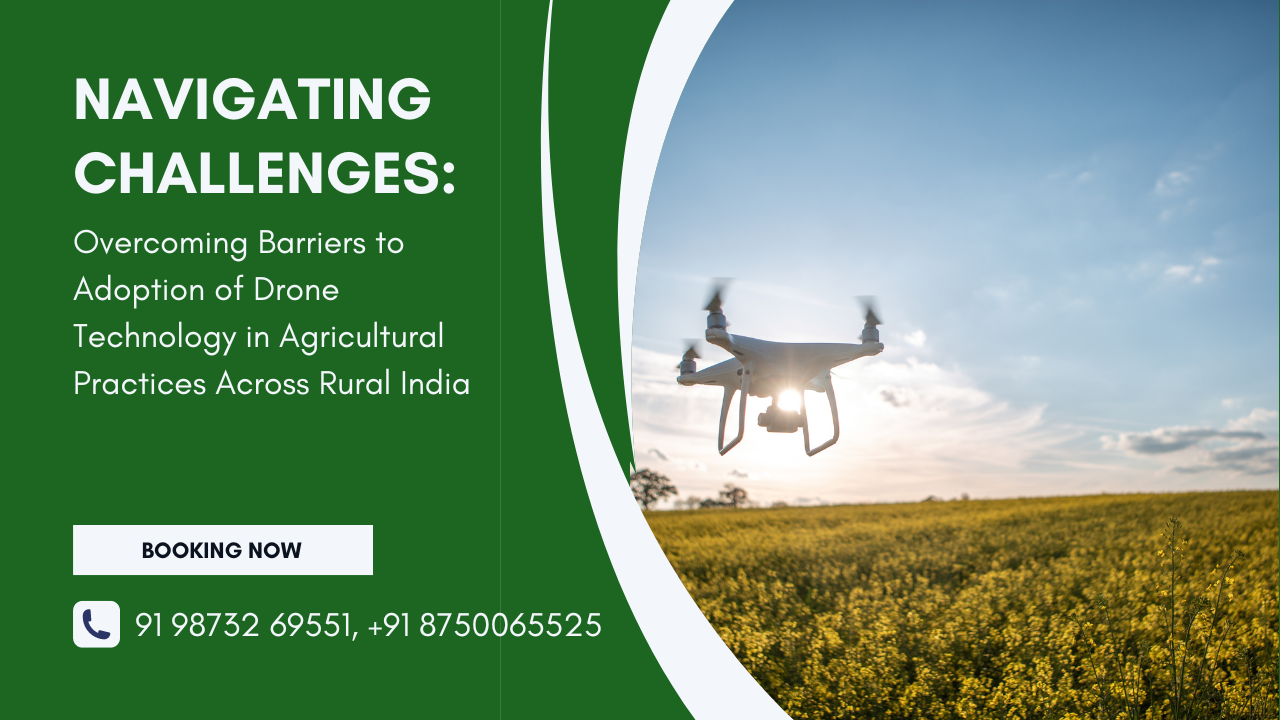
Navigating Challenges: Overcoming Barriers to Adoption of Drone Technology in Agricultural Practices Across Rural India
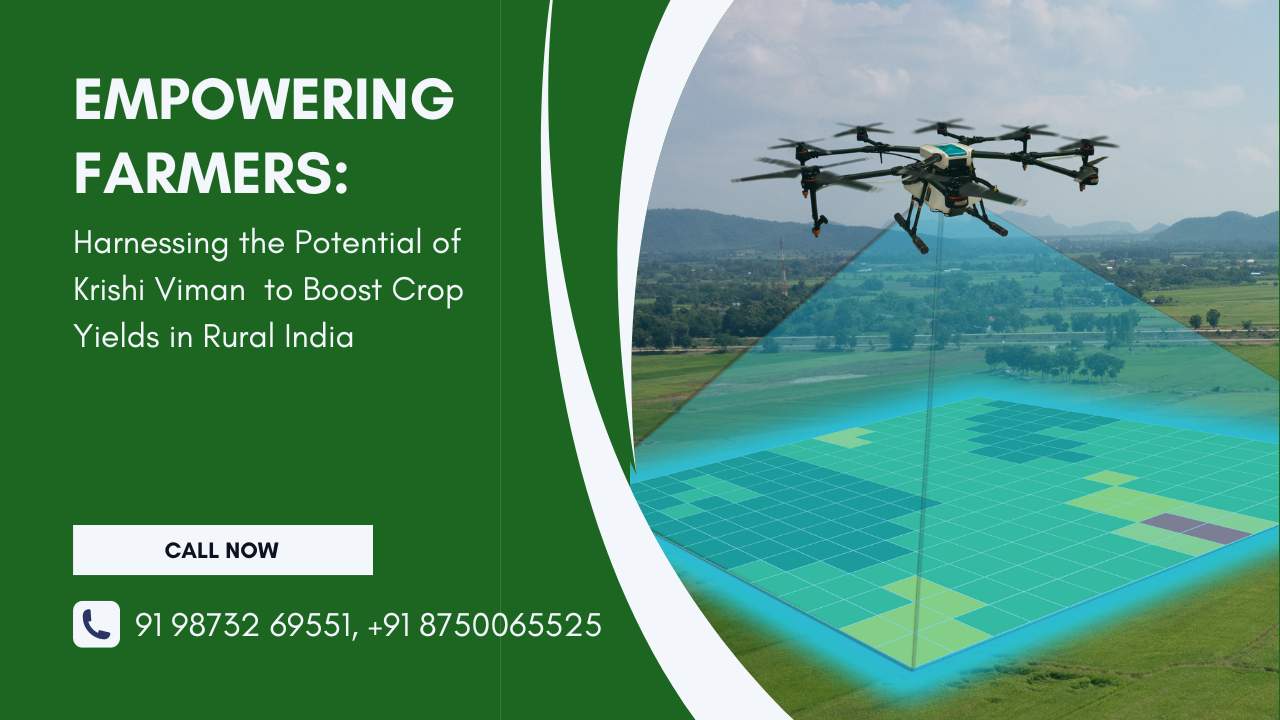
Empowering Farmers: Harnessing the Potential of Krishi Viman to Boost Crop Yields in Rural India
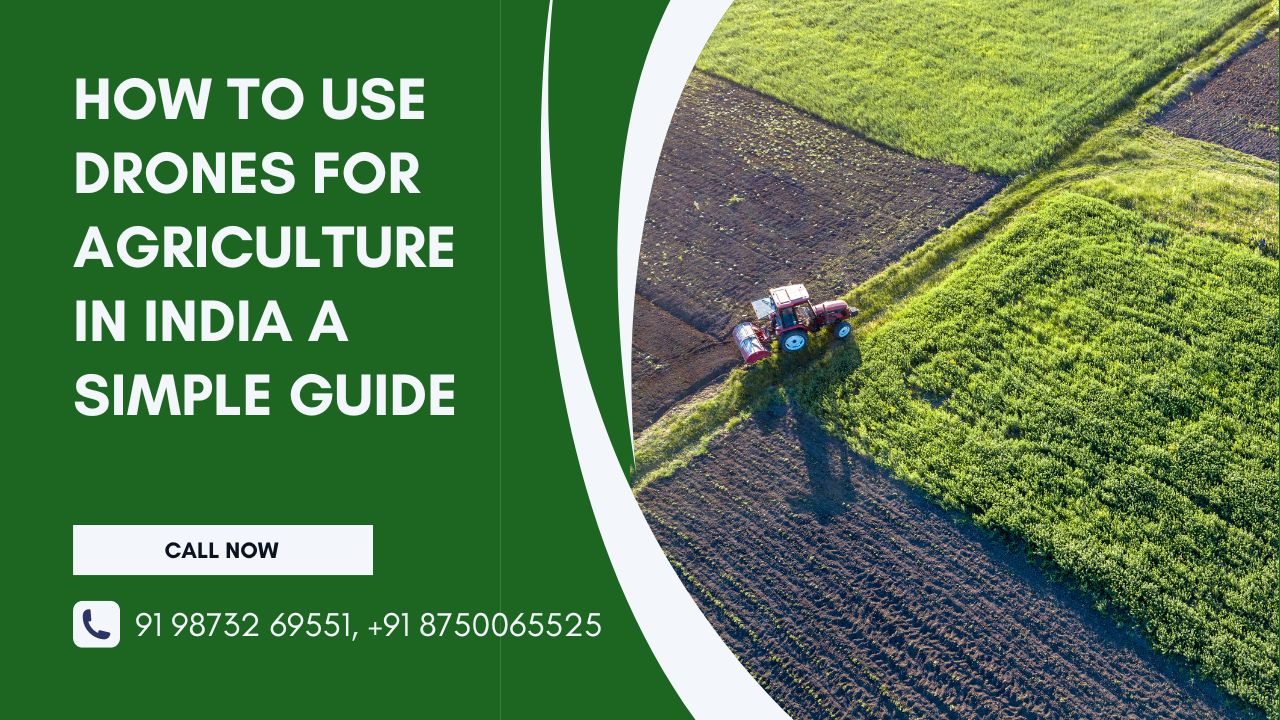
How to Use Drones for Agriculture in India: A Simple Guide

The Future of Farming: How Agricultural Drones Are Revolutionizing Agriculture
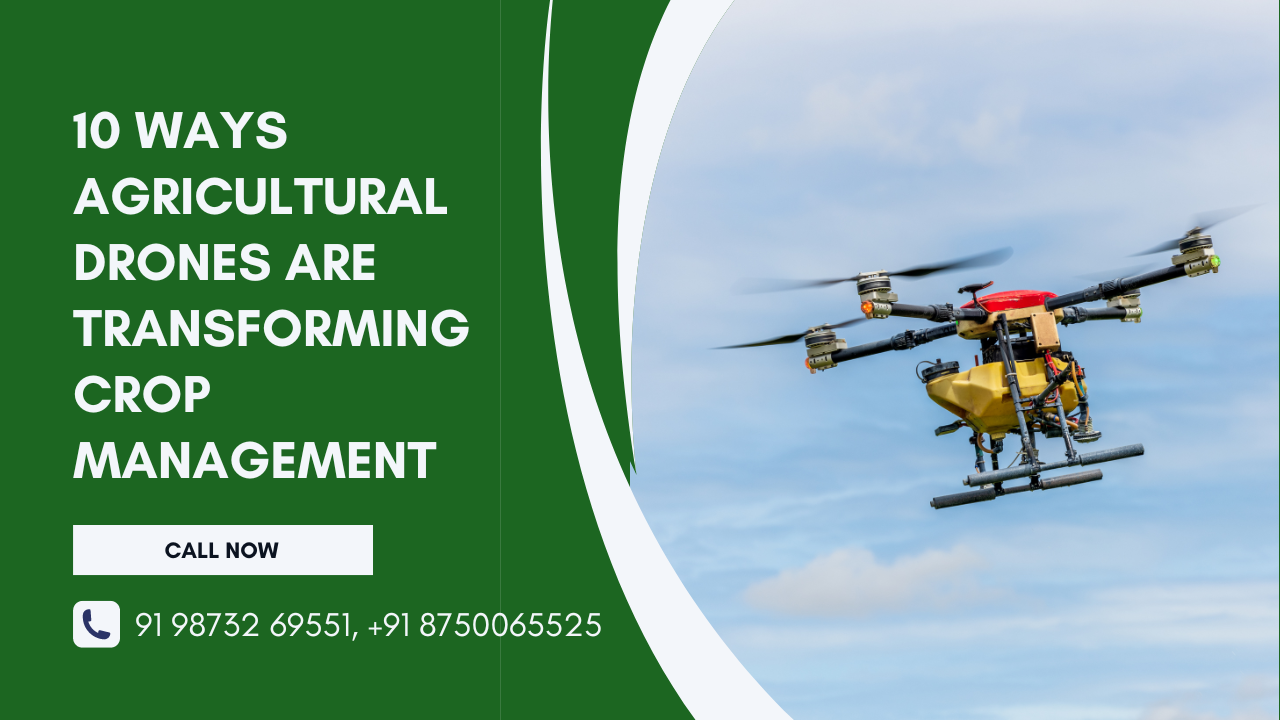
10 Ways Agricultural Drones Are Transforming Crop Management
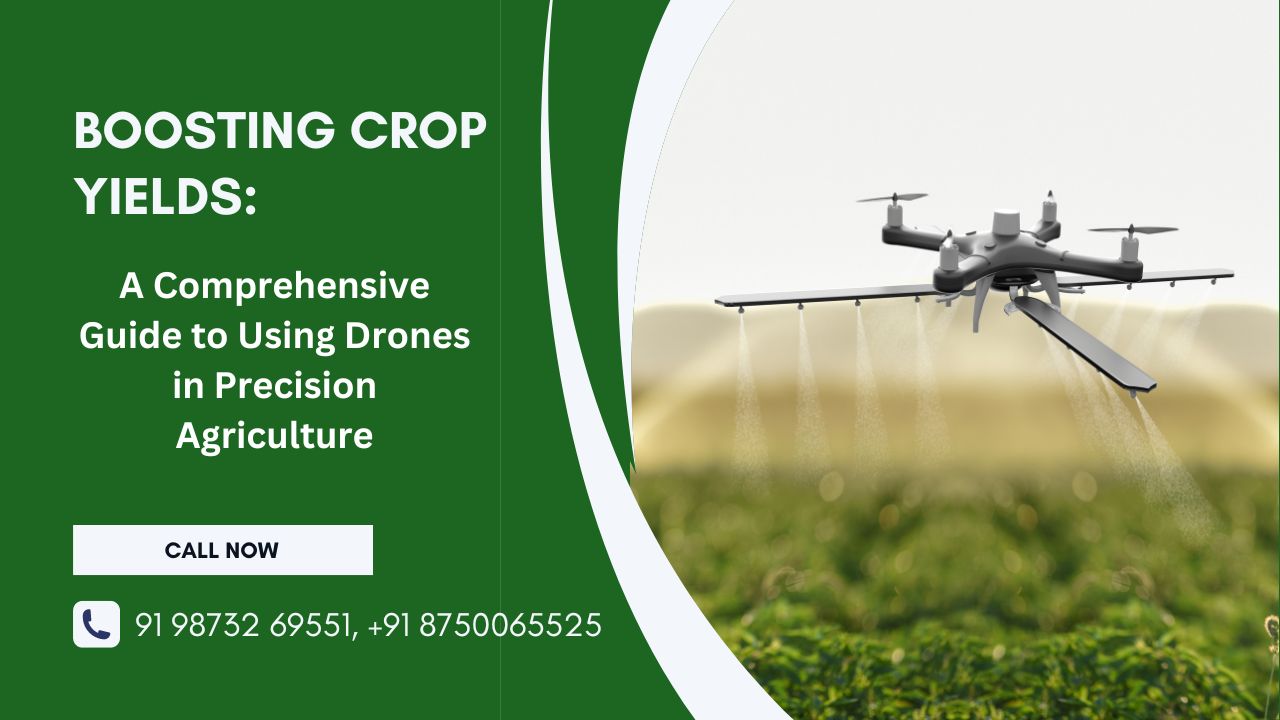
Boosting Crop Yields: A Comprehensive Guide to Using Drones in Precision Agriculture
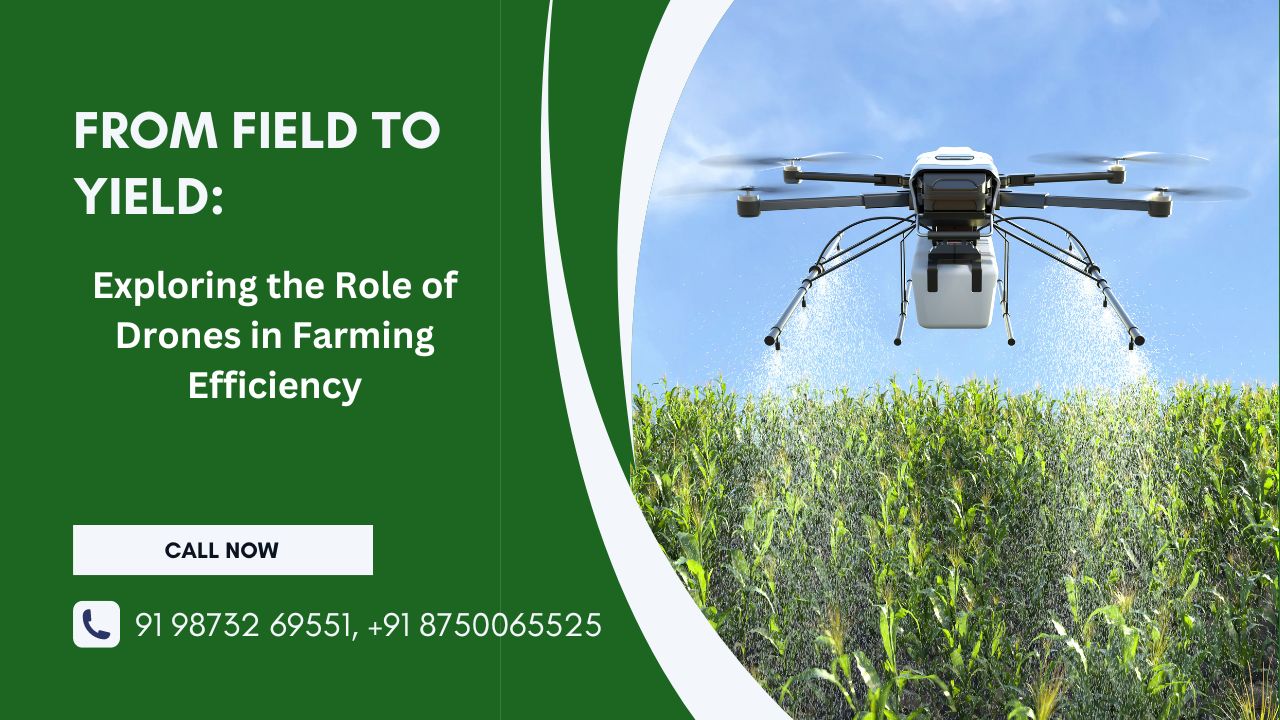
From Field to Yield: Exploring the Role of Drones in Farming Efficiency
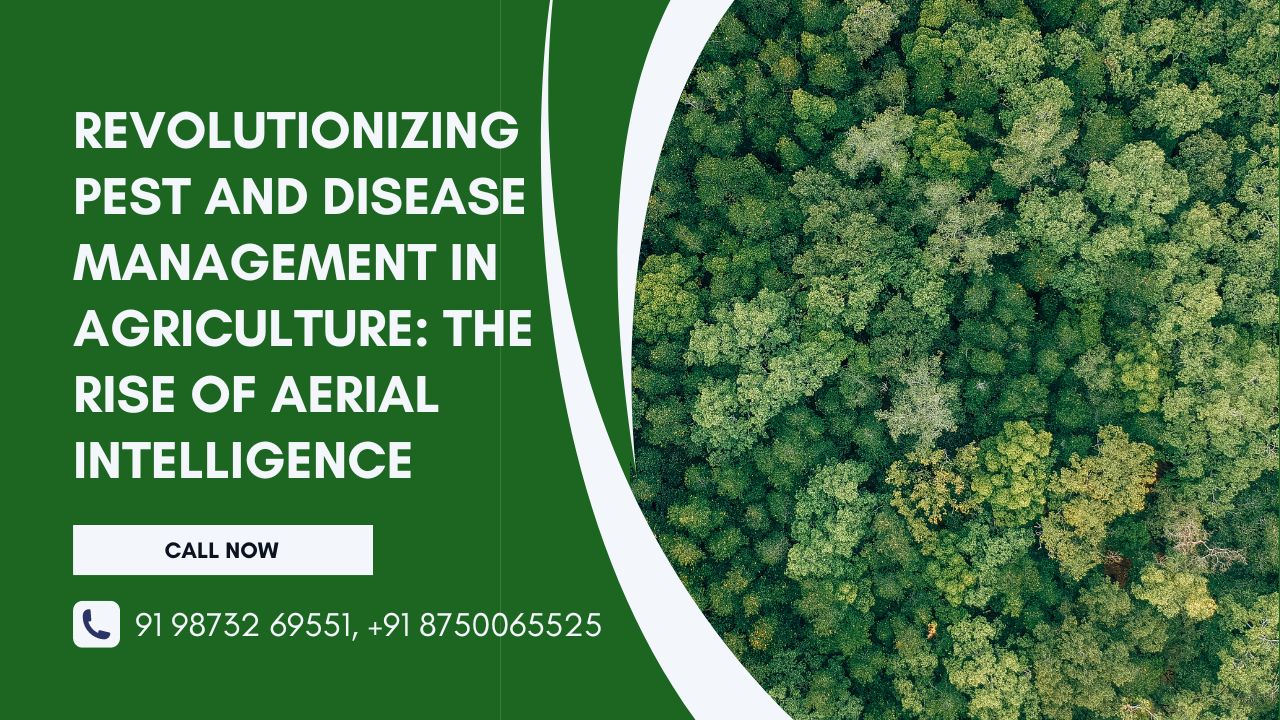
Revolutionizing Pest and Disease Management in Agriculture: The Rise of Aerial Intelligence
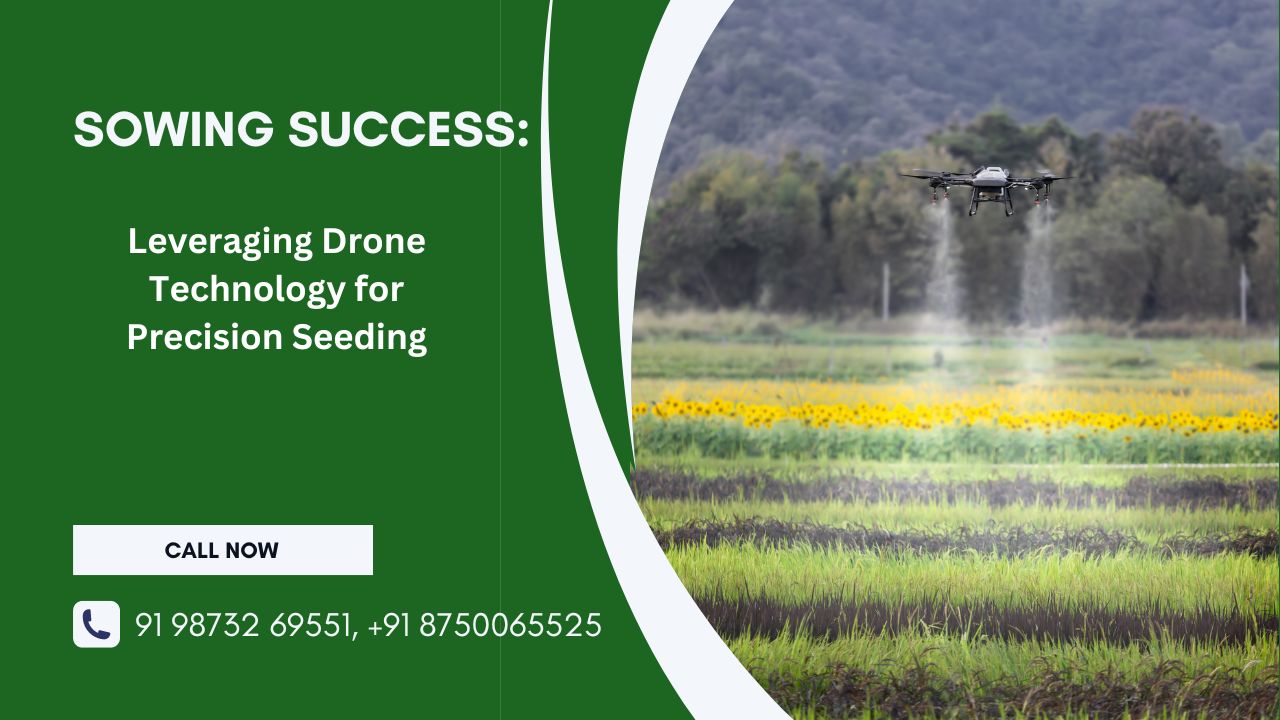
Sowing Success: Leveraging Drone Technology for Precision Seeding
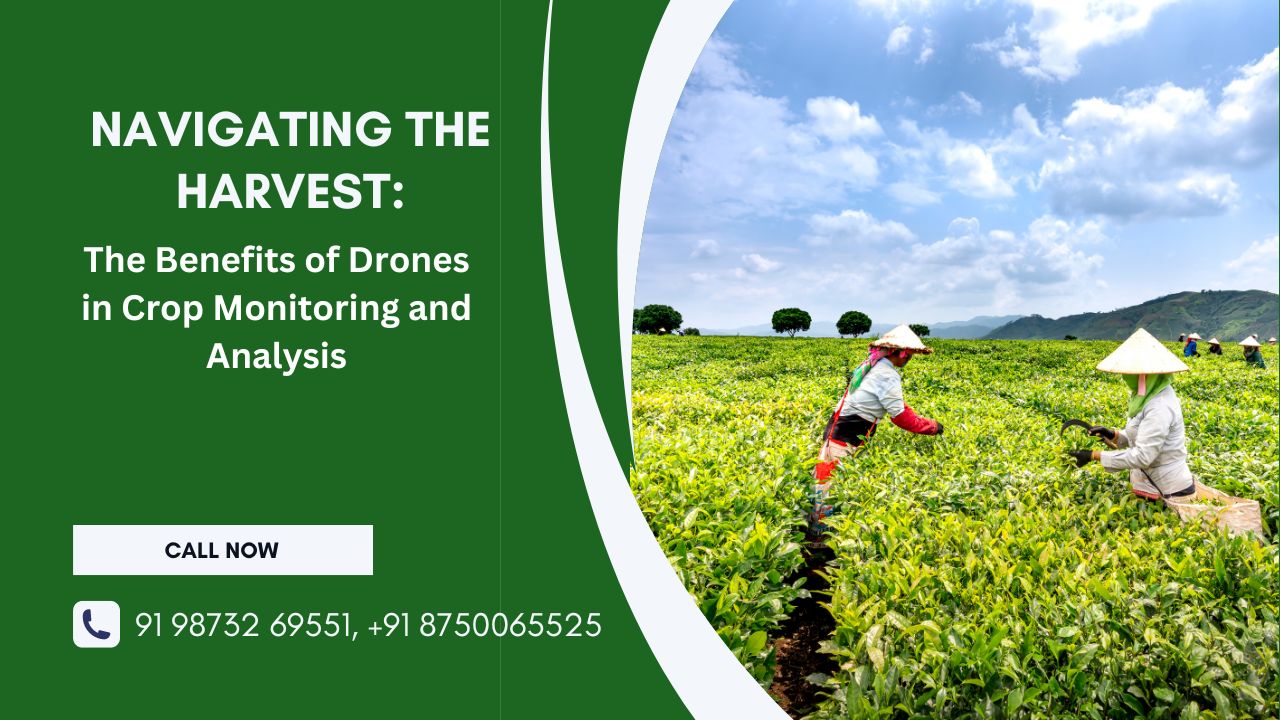
Navigating the Harvest: The Benefits of Drones in Crop Monitoring and Analysis


